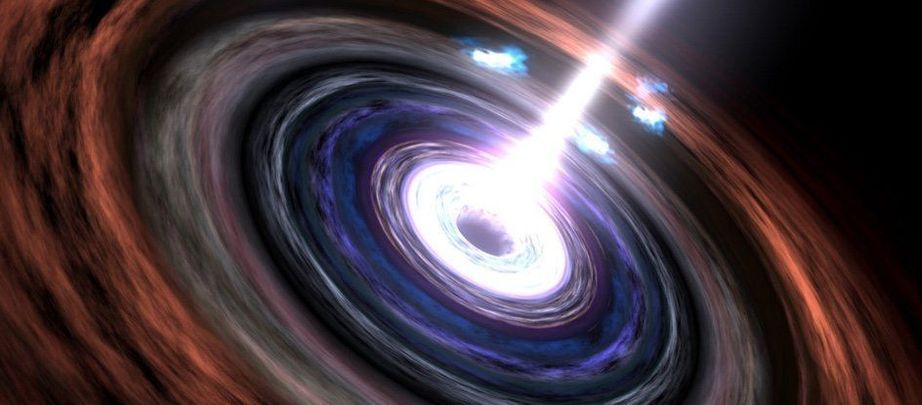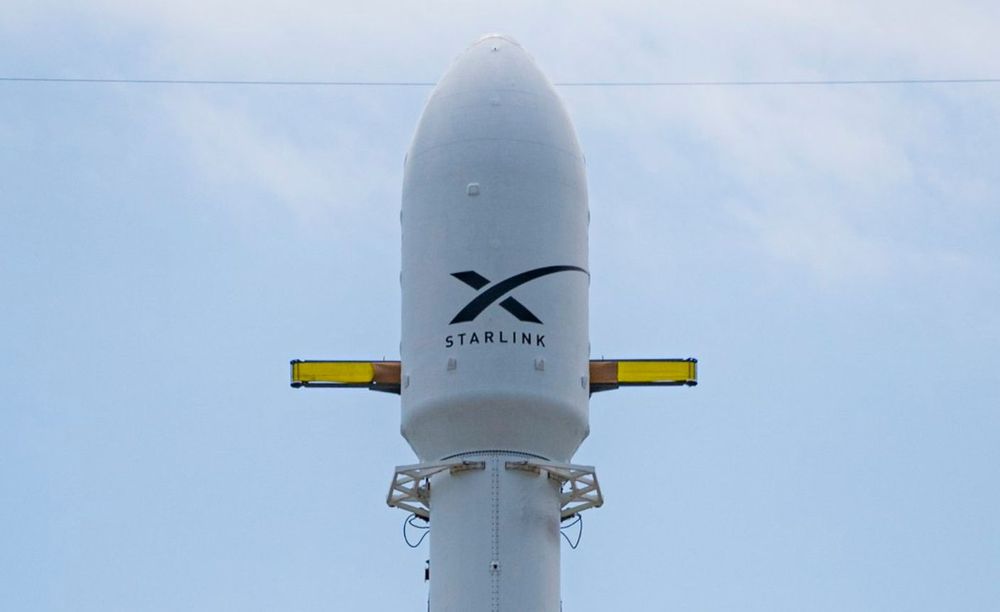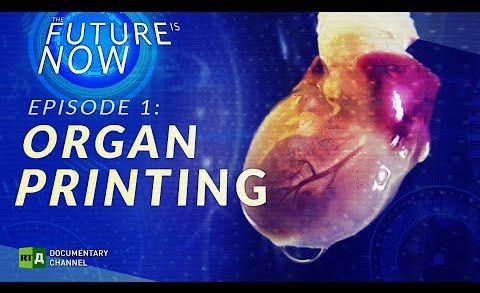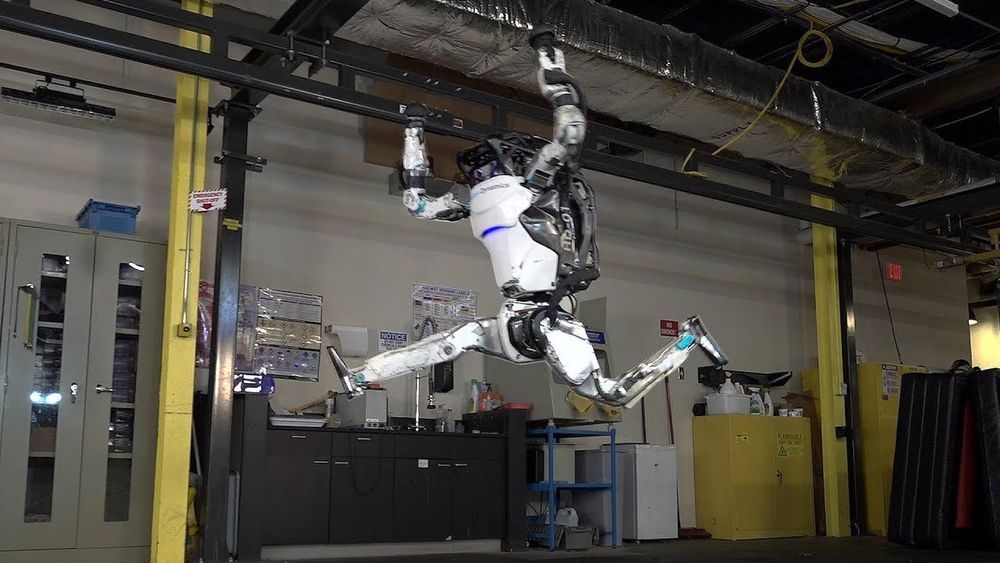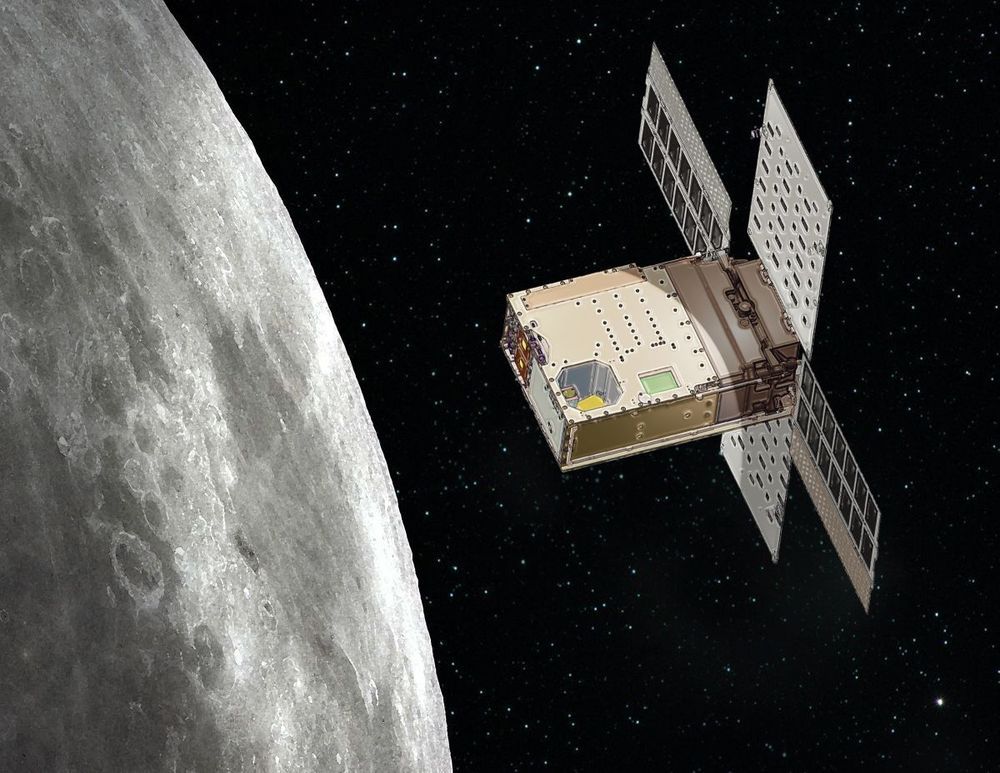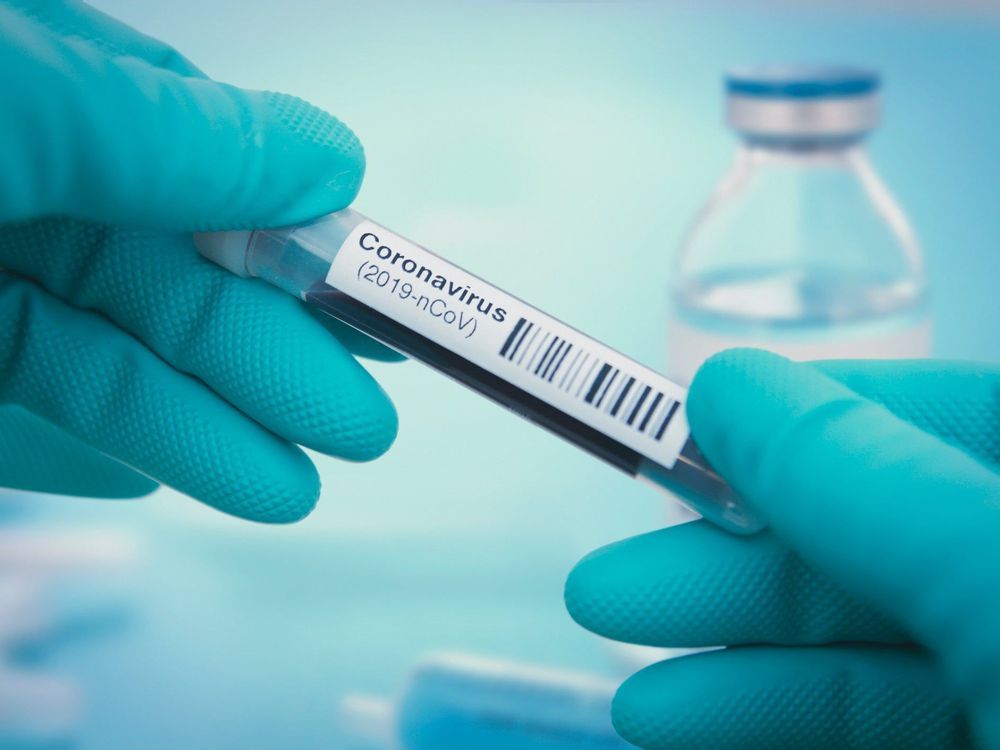Diving into the autonomous submarine race, DARPA has awarded contracts to three companies as part of its Manta Ray Program. Intended to support a new generation of long-duration, long-range Unmanned Underwater Vehicles (UUVs), the end goal is to produce robotic vehicles that can operate for months without maintenance or human logistics support.
UUVs have advanced so far and so fast in the past 20 years that today major navies like those of the US and the UK are developing vehicles that are so large and so long-range that they are essentially unmanned versions of conventional submarines with the crew spaces removed.
The problem is that sailors are aboard their boats for a reason, which means that future UUVs need to be able to maintain themselves and do without humans to provide logistical support like refueling. This would mean that commanders would have more capabilities at their disposal without being hampered by the UUVs being dependent on manned vessels and ports that would reduce the hosts’ flexibility and availability.

